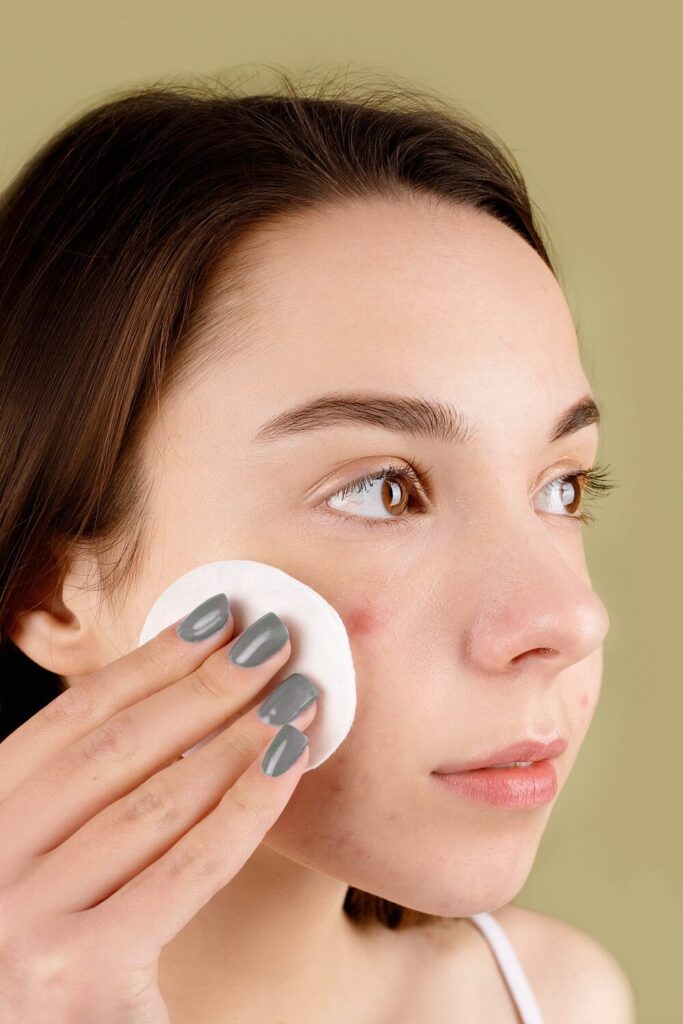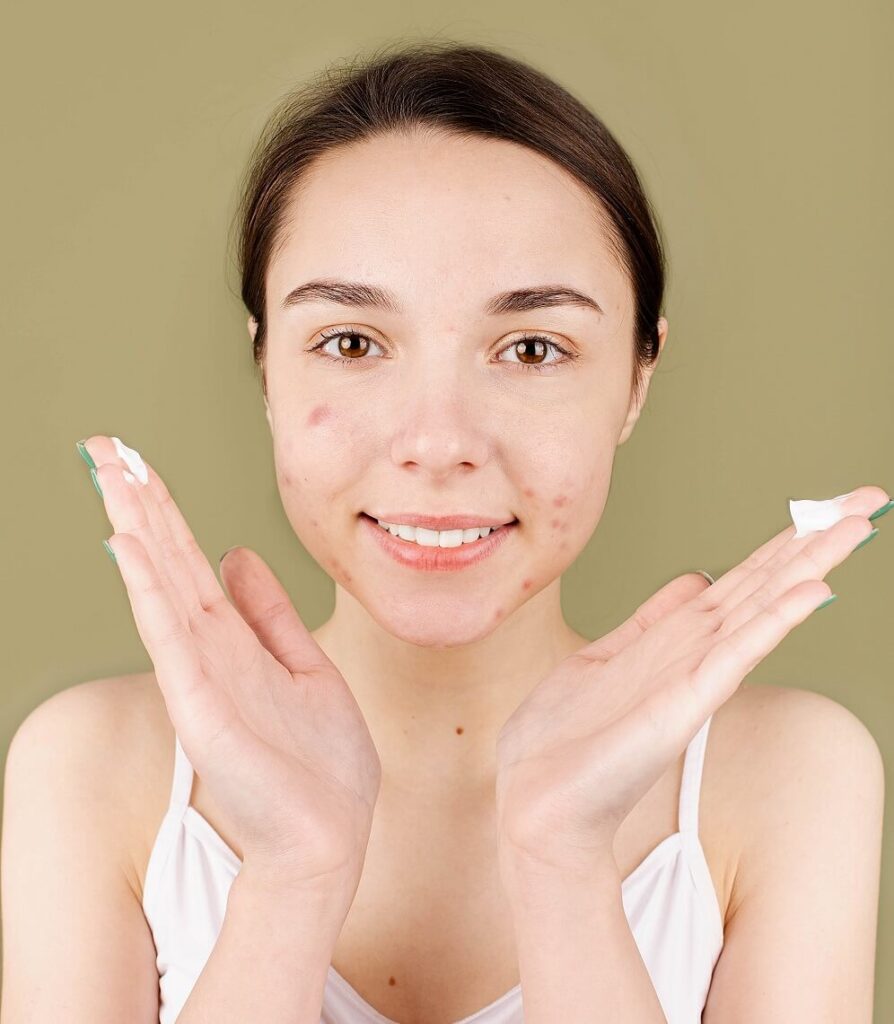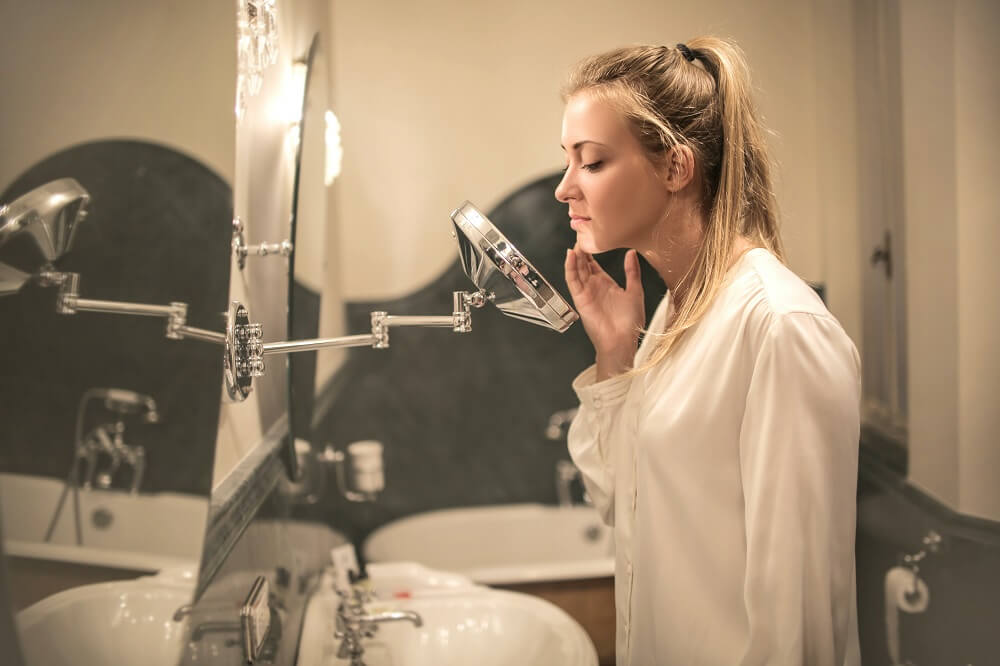Pimples are tricky things — simultaneously unpleasant and weirdly intriguing. If you’ve ever come across a video of pimple popping while scrolling through Instagram (or given in to temptation when you saw a zit in the mirror), you know how gross yet satisfying the sensation of squeezing may be.
If the dermatologists in those videos are popping mega-pimples, is it really so bad for you to squeeze a whitehead now and then? Let’s dig deep to see what’s so wrong with pimple popping and why you shouldn’t do it.
Why is it bad to pop a pimple?
Popping feels intuitive: The pimple is unwanted, and you’re a squeeze (or two) away from releasing the gunk. It’s easy enough to fix it, then carry on with your day.
The problem is the wrong technique can mean a pimple turns from a tiny, temporary problem to a scar that could stick around for years. Squeezing a pimple could essentially inject pus and bacteria deeper into your skin. This can lead to infection, more painful acne, and increased potential for long-term scars.
Even using the proper technique on the wrong type of pimple can do much more harm than good. Dermatologists understand the difference between papules, pustules, cysts, and nodules, while the average person doesn’t.
If your primary thought is, “Ugh, a zit,” you might risk attempting to pop a type of pimple that reaches too deep into the skin, exposing you to pitting and infection. In short, dermatologists are pros with the right skills and equipment, meaning everyone else is pretty much unqualified.
If you’re going to do it anyway…

Honestly, we get it. You have a presentation, a date, a reunion, or a wedding to attend. You can see in the mirror that this blemish is already at the brink, it’s practically begging you to give it that last tiny squeeze, and it would be so gratifying just to be done with it.
It’s still best to let a pimple work through the process on its own, but if you truly insist, at least take these steps:
- Be clear on what type of pimple it is. A blackhead or whitehead right at the surface might be okay to pop, or at least the lowest risk. If it’s white (or whitish-yellow) but bigger than a typical whitehead, it might be a pustule, and you should leave it alone. Similarly, cysts and nodules go deep into the skin, making them absolute no-gos for popping.
- Use clean tools. That means a clean face and squeaky-clean fingers. Scrub your hands thoroughly for at least 20 seconds before touching a pimple. And leave the tweezers out of it.
- Prep your skin. Putting a warm washcloth on your skin for a few minutes can help loosen some gunk or skin oils in your pores. Before attempting any pop, swipe some rubbing alcohol over the area to sanitize it.
- Don’t force it. Light pressure should be all it takes if a pimple is truly ready to pop. If you’d need to squeeze harder or do multiple squeezes on the area, that’s a sign you should stop. You’re more likely to force bacteria into your skin than get a good result. Instead, give it a few days to clear up on its own.
Why does a dermatologist get to pop pimples?
Whether you love or loathe them, pimple-popping videos are a legit niche, and it seems like dermatologists have no shortage of truly mind-boggling pustules to poke. So if squeezing a zit is such a big no-no, why are all these doctors doing it?
Dermatologists have extensive training in diagnosing pimple types and assessing the condition of the blemish and surrounding skin. They also work in a medical setting where they can feel confident about cleanliness. Derms have specialized tools and medications that help them extract goop in the safest way possible for your skin.
What to do instead

Let’s agree, once and for all: Don’t even think about trying to pop cystic acne, which can lead to scarring and more acne woes.
If you have a deep, painful pimple, the American Academy of Dermatologists (AAD) recommends that you:
- Ice the spot for 5-10 minutes. Repeat once if needed.
- Use an ointment with benzoyl peroxide, which kills pimple-causing bacteria.
- Apply a warm washcloth for 10 minutes, three or four times daily.
- Steer clear of Internet-recommended home remedies for pimples, such as applying toothpaste to the spot, since these aren’t effective and can cause further irritation.
These tips are helpful for most types of pimples. You can also help prevent acne by choosing skincare products that suit your skin type. Look for products that specify “non-comedogenic,” a label that means a product is formulated to prevent clogging pores. If you’re prone to oily or sensitive skin, look for products geared toward that type.
Last and certainly not least, bring a dermatologist into the conversation. You deserve fundamental strategies to keep your skin feeling smooth and healthy. If pimples are a recurring concern, a dermatologist can suggest specific treatments to clear them up. That’s more satisfying than a pimple pop any day.





